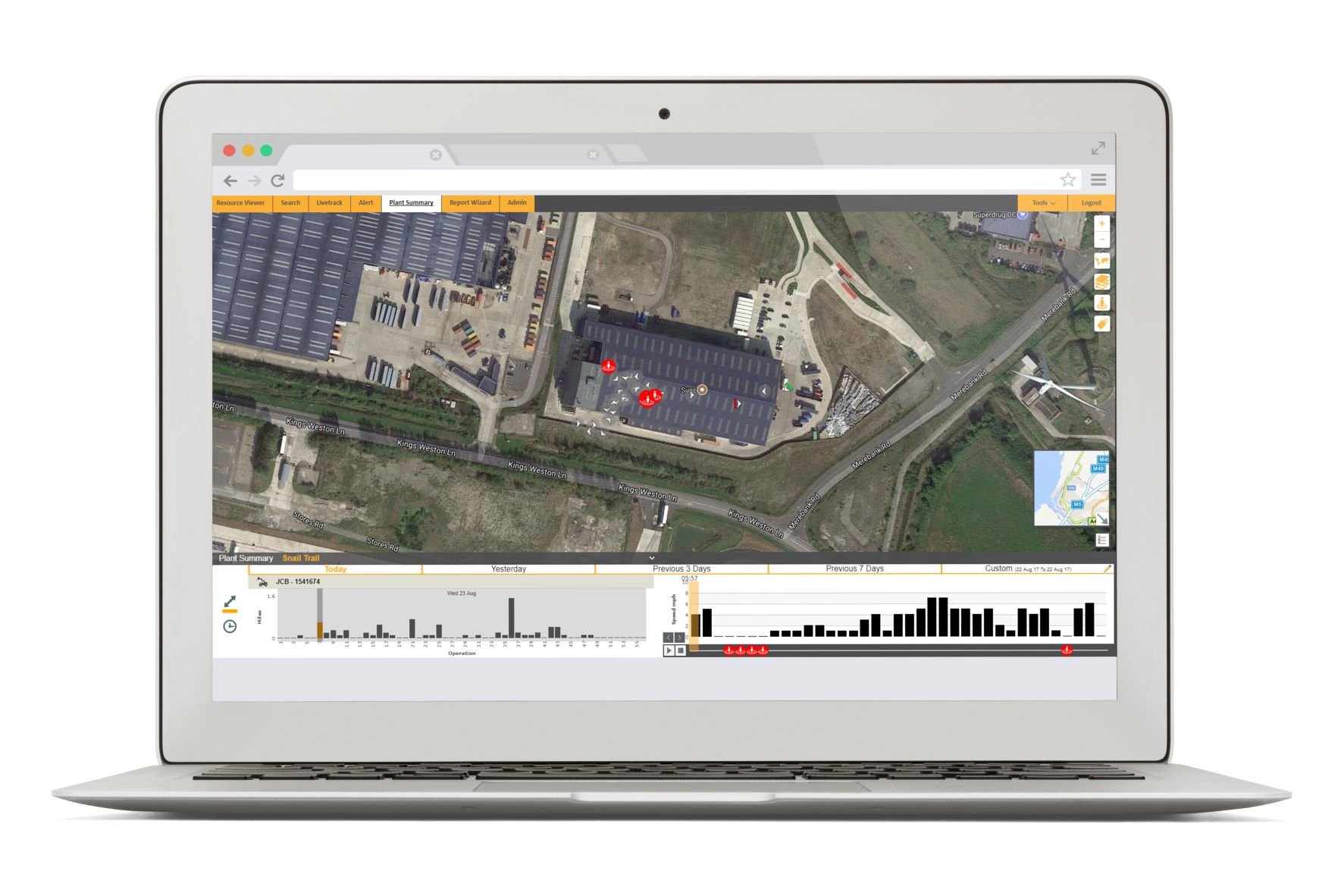Learning on the evolution trail
2020 is still relatively new and I’m thinking about change and times ahead. I’ve also been considering the lifespan of SiteZone proximity warning system (pws) to date and how it has evolved. I had a poignant conversation with a client recently about this very aspect and unique feature about SiteZone. Very aptly, it was while we were discussing how to tailor the system to their needs on a specific site, and yet again, a new safety solution was born at the table. It highlighted to me how, from the root of one good idea, many branches can sprout that make a positive difference.
When we first launched SiteZone proximity warning system almost a decade ago, the focus was purely on a technological solution to prevent collision between workers and working plant. The offering was very straightforward and simple yet designed to be effective, and it has been.
We’ve serviced many clients since then, protected thousands of workers, across hundreds of sites. However, on each occasion, before SiteZone was even installed, detailed consultations and risk assessments were undertaken with the client. During and after the pws installation, our team was at hand to walk our clients through the experience, giving training, guidance and making adjustments where necessary.
It’s this last part – making adjustments, where so much was learned about how to continuously evolve a product into something else more efficient, smarter even. In order to achieve this, each client’s needs had to be examined on their own facts – the big picture of their site examined, the dynamics of personnel and vehicle interaction determined.
This is how SiteZone turned into a more holistically based concept, rather than just a proximity warning system.
A holistic solution to a safety problem
These days, SiteZone and its associated products are now solutions driven. For us and our clients it highlights why safety training and providing clear information are so vital. Now there is a departure from the core technology, into an understanding of the issues around danger on a site.
We were so proud of SiteZone being a technological marvel in the beginning. But now we are even prouder that in applying it since there’s more best practice involved - such is the evolution of the technology. It’s much more holistic than before, because we have learned to apply it in different ways, taking various aspects into account. It’s about stretching considerations and thinking from different perspectives. It’s a continuous learning process the more problems you have to solve.
SiteZone adapted into other safety tools – all with the same purpose, to keep people safe from collision; there’s the BucketZone, the Dumper Advance, the EasyFit system, and SmartBubble – our newest offering/launch, an automated anti-collision safety function.
Information that educates, captured in the Cloud
We’ve also added a whole new dimension with telematic data capture which enables learning from collision related incidents on each site, accessed from the Cloud. It shows where the mistakes happen, and managers have hard data to study, so those mistakes never have to occur again by changing the way things are done to facilitate improvement. This is by far the most interesting development in the entirety of our offering.
We have, of course, had feedback from clients that workers feel more secure when using the basic pws. They also cultivate more spatial awareness when working around plant vehicles – an actual change in behaviour. However, not all employees learn or process information in the same way, and safety transgressions still occur. By identifying who repeats the mistakes, and in what situations, managers are able to target those weaknesses in the most effective ways possible. They can show with hard evidence through telematics, that certain repetitive behaviours compromise safety grievously. This can help to effect new behaviours.
And that’s what we want – change for the better. It doesn’t have to be radical either. It can just be a matter of being made aware of something hitherto thought innocuous, but actually is very dangerous. Given my choice, I’d rather a little adjustment in habits that saved a life so someone could go home to their family at the end of the day. We can start a big revolution from just small steps.


